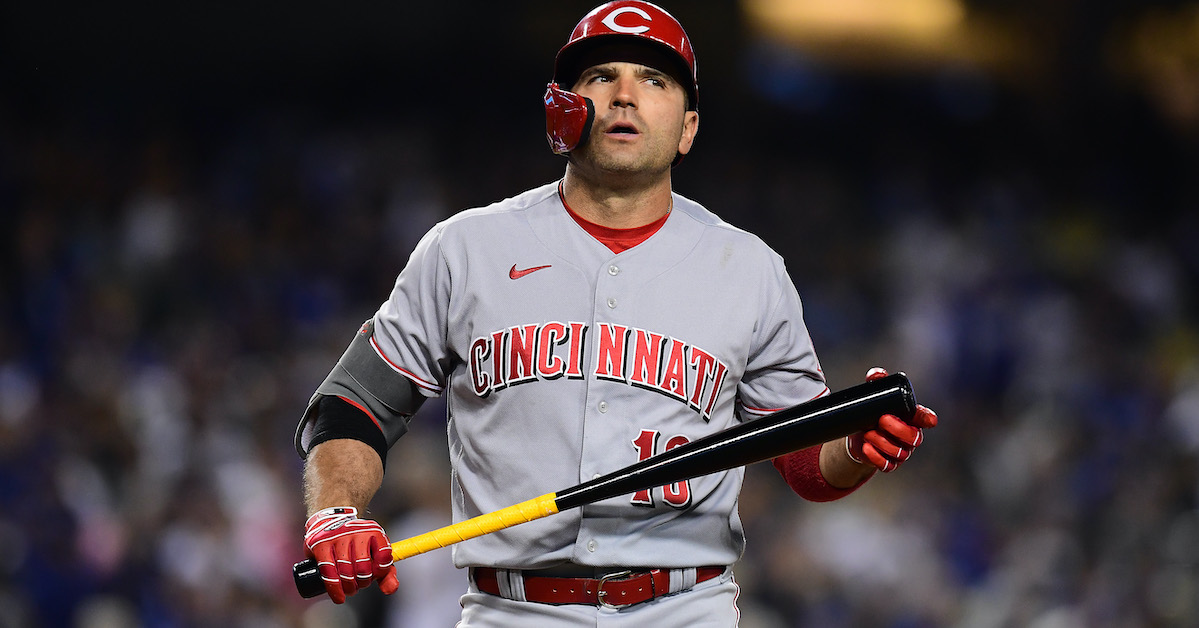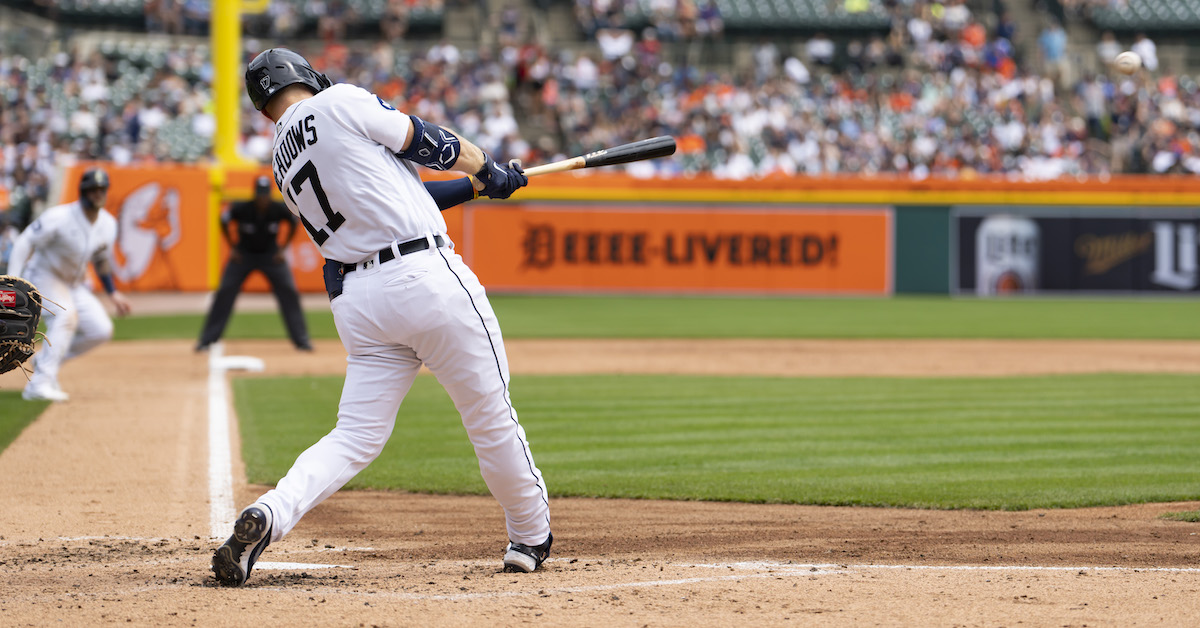Is This the End for Joey Votto?

“If something cannot go forever, it will stop.” Credited to economist Herb Stein, this tautology, sometimes known as Stein’s law, has broad application past the field of economics: the Earth will end, the sun will end, the ability of the universe to sustain life will end, all the non-Top Chef shows on Bravo will end (hopefully), and we’ll end. Joey Votto does not exist outside of the space-time universe, and his 2022 season so far makes it look like his career will end before all of these things. Or will it?
Votto’s career has looked shaky at times before, but he has made comebacks before: from a leg injury that cost him half a season, a mid-career power outage, and a huge dropoff in play at age 35. He’s had enough successful comebacks to become a rarity in baseball: a highly paid star first baseman who doesn’t make his team regret a very large contract covering his 30s. But while he’s gotten off to slow starts before, a .122/.278/.135 line is something else.
Perhaps even worse is that so many of his non-baseball card stats look abysmal as well. Votto is striking out at nearly triple the rate of his 2017 peak. His soft-hit and hard-hit percentages of 22% and 20%, respectively, are closer to Ben Revere than a slugger, and those numbers are twice and half his career rates, respectively. Votto’s average exit velocity of 86.4 mph is six ticks off last year’s 92.9 mark, and his 70% contact rate is the lowest of his career. Read the rest of this entry »







